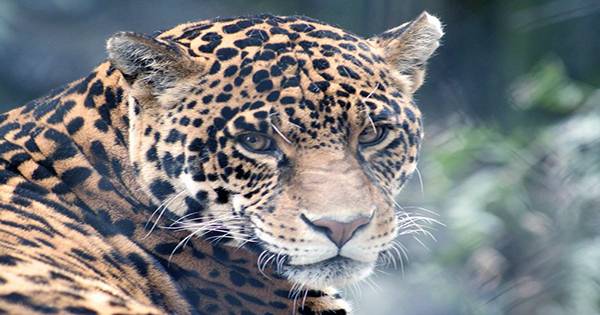After meeting the horrific consequences of excessive anger in the twentieth century, was there yet another shot fired by a fierce Jaguar while living in the United States? This team of researchers believes so. Researchers from the Wildlife Conservation Society and wildlife defenders filed their lawsuit against the Jaguars in the Southwestern Highlands of the United States, according to the Journal of Conservation Science and Practice. Jaguars are the largest cat species in America, equipped with slender muscles and a strong bite; it is also known for their distinctly spotted tan fur.
The species (Panthera onca) roamed the central mountains of Arizona and New Mexico in the 1960s until it became extinct. Today, bizarre individuals can occasionally live in the southern corners of the United States, but the species is generally confined to parts of South America and Central America.
Even here, it is estimated that they have lost more than 50 percent of the historic historical range seen before human instability. The authors of the new study argue that bringing back a jaguar would not only “support injustice”, but could also bring back environmental, cultural and economic benefits. Michael Robinson of the Center for Biological Diversity said in a news release that “native wildlife in the southwest evolved with the jaguars.”Michael Robinson of the Center for Biological Diversity said in a news release that “native wildlife in the southwest evolved with the jaguars.”
A survey earlier this year suggested that the 82,000-square-kilometer (2 million acre) area in central Arizona and New Mexico could be potentially suitable habitats for 90 to 150 jaguars. Most of the land designated as Jaguar’s potential new home is managed by the US Forest Service, the Land Management Bureau, and the National Park Service as very sparsely populated and government land.
It also covers the ancestral and conservation lands of several Native American nations, including two indigenous peoples, the White Mountain Apache and the San Carlos Apache. First and foremost, the reintroduction of jaguars into this range could provide opportunities for problematic species. The region is home to all ranges of jaguars, but in the future it is likely to become a much-needed climate shelter for the species.















